1. Handwriting Letters
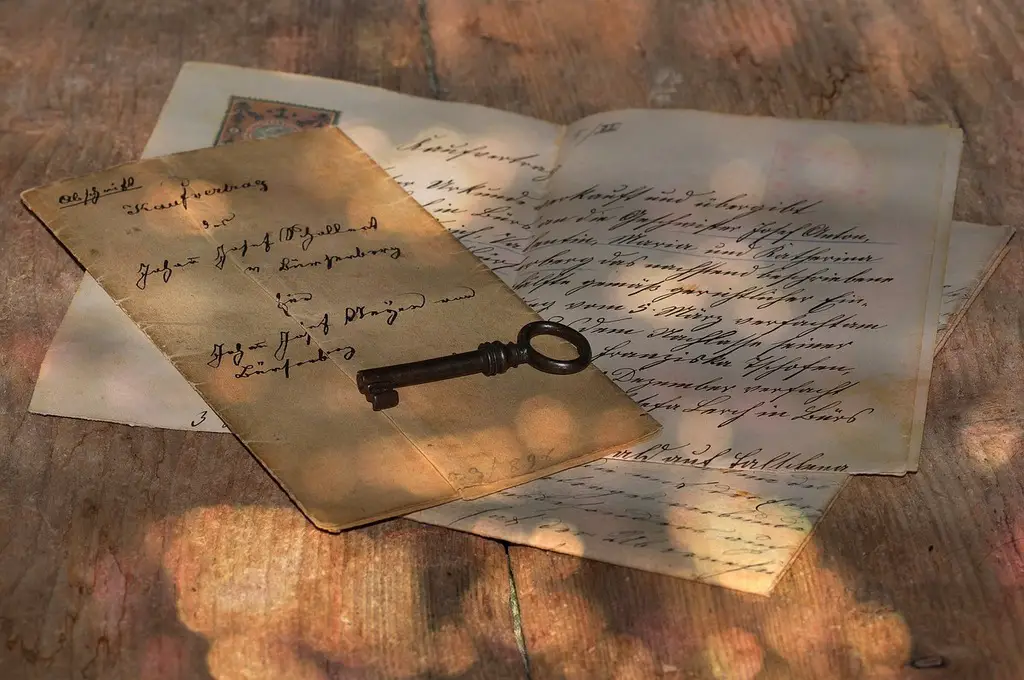
In the not-so-distant past, writing letters by hand was an essential part of communication. It was the primary way to stay connected with loved ones, especially before the age of email and text messages. People would take the time to craft thoughtful, personal notes that were often carefully penned on beautiful stationery. These letters would travel by post, sometimes taking days or even weeks to reach their destination, which added to the excitement of receiving one.
Today, handwritten letters are rare, with digital communication taking precedence. Email, social media, and instant messaging have made it easier and quicker to stay in touch, but the personal touch of a handwritten letter is almost gone. While some still enjoy the nostalgic act of writing letters, it has largely become a lost art that many younger generations have never experienced.
2. Map Reading

Before GPS and smartphone navigation, people relied on paper maps to find their way. Drivers and travelers would unfold large, crinkly maps, tracing their routes with their fingers and memorizing key landmarks along the way. It was a skill that required patience, attention to detail, and a good sense of direction. Map reading was also an essential part of outdoor adventures, where hikers and campers would use topographical maps to navigate trails.
With the rise of GPS technology, map reading has become nearly obsolete. Most people rely on their smartphones for directions, and the thought of deciphering a physical map seems like a foreign concept to many. While map reading is still a useful skill for certain situations, it’s no longer something that everyone needs to know.
3. Manual Typewriting

Before computers and word processors, manual typewriters were the go-to tools for writers, journalists, and office workers. Typewriters required a certain skill and rhythm, as each key strike would produce a clack sound. The process was slower than modern typing, but it had its own charm. Many individuals even learned to type without looking at the keys, a skill that today’s typists take for granted.
Now, with the convenience of computers and touchscreen devices, typewriters have all but disappeared. The clack of keys has been replaced with the silent tapping of keyboards, and even the very act of typing has changed. While typewriters may still have a nostalgic appeal for some, most people today have never experienced the slower, but deliberate pace of writing on one.
4. Using a Film Camera
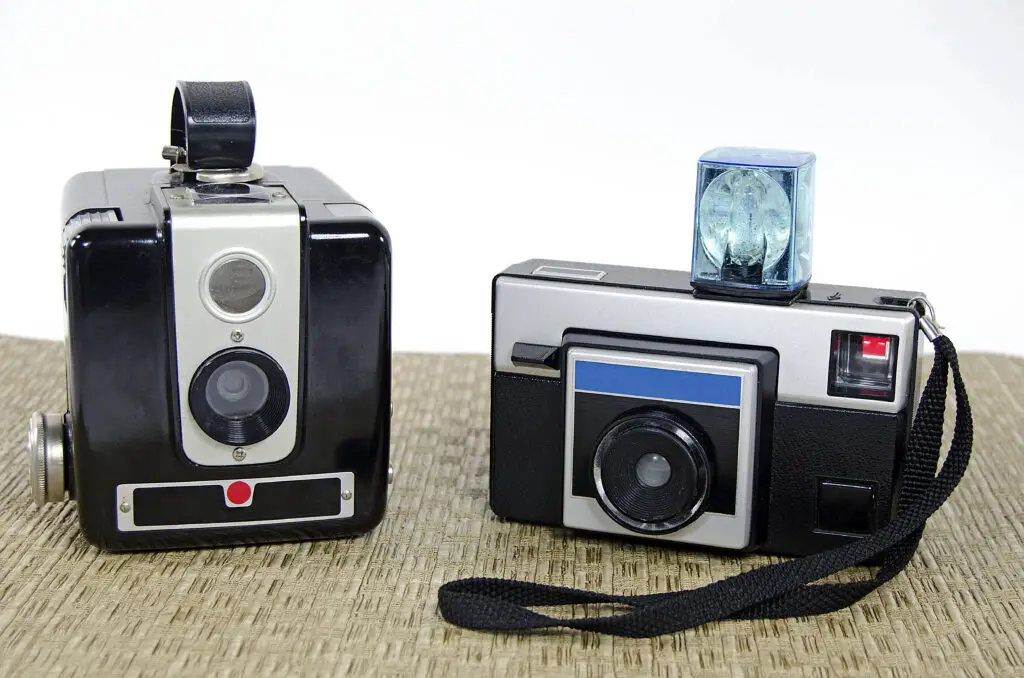
In the age of digital photography, film cameras are a relic of the past. Before the rise of instant digital feedback, people would use cameras with rolls of film that had to be developed in a darkroom or at a photo lab. Each shot mattered, as you only had a limited number of exposures. People would wait days or even weeks for their photos to be developed, which made each image feel more precious.
Now, with the advent of smartphones and digital cameras, photos can be taken instantly, edited on the spot, and shared immediately. Film photography, while still beloved by some for its unique aesthetic, has become a specialized skill that fewer people have the opportunity to learn. For most, the process of manually setting up a shot, developing film, and carefully selecting which pictures to take is an experience long forgotten.
5. Mending Clothes
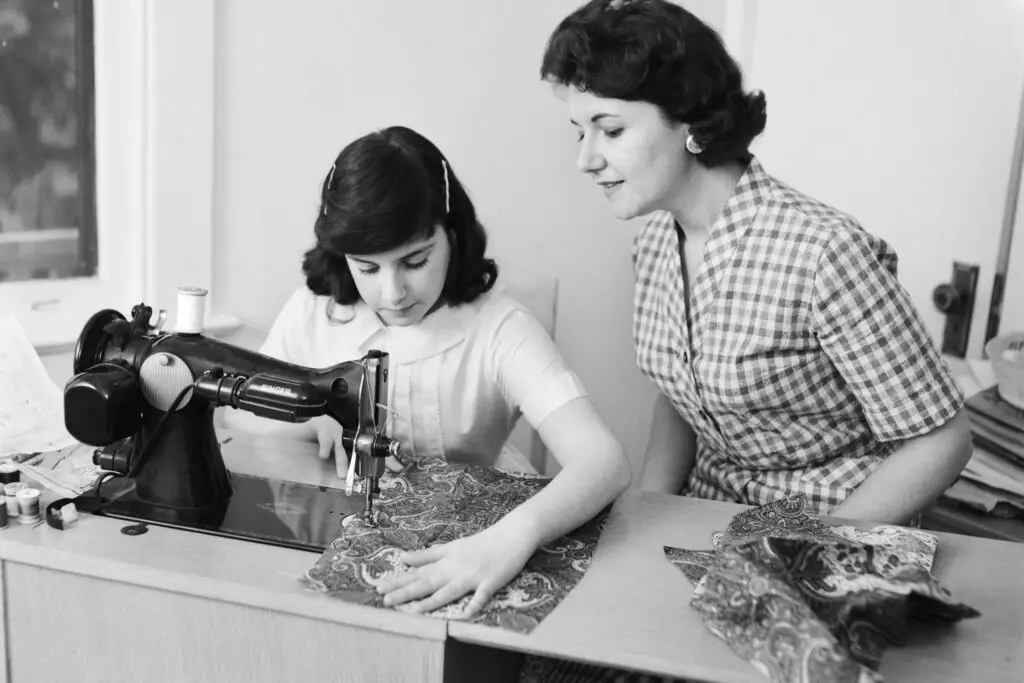
Before the fast fashion era, mending clothes was a common skill. People would sew up tears, patch holes, and even re-hem their pants to extend the life of their garments. It was a skill passed down from parents and grandparents, and it wasn’t just about saving money—it was also about sustainability. Many households kept a well-stocked sewing kit, complete with needles, thread, and fabric patches.
In today’s world of cheap, disposable clothing, mending clothes has become less common. Most people prefer to replace damaged clothes rather than repair them, often due to the low cost of new items. The art of sewing, once a household necessity, is now a niche hobby or skill that few people learn.
6. Cooking from Scratch

In the past, most meals were prepared from scratch, with families growing their own vegetables, raising animals, or buying raw ingredients from local markets. Cooking was an activity that brought families together, with each person playing a part in creating a meal. Recipes were passed down through generations, and cooking was considered a valuable skill that could feed a family for much less than pre-packaged meals.
Today, with the rise of convenience foods, pre-packaged ingredients, and takeout, cooking from scratch has become less common. People are more likely to rely on microwavable meals, fast food, or delivery services, leaving traditional cooking methods to a small, dedicated group. The skill of preparing a meal entirely from scratch has been overtaken by modern conveniences.
7. Shorthand Typing
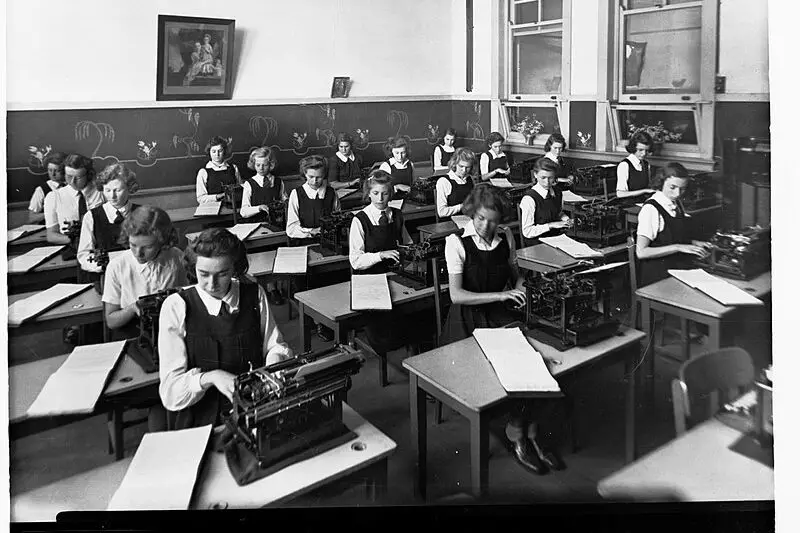
Shorthand was once a vital skill for secretaries, journalists, and office workers who needed to take quick notes. Using a series of symbols and abbreviations, shorthand allowed people to write faster than they could with traditional typing. This skill was essential for keeping up with fast-paced meetings and interviews, where writing out every word wasn’t practical.
In today’s digital age, shorthand is largely unnecessary. Dictation software, voice-to-text, and fast typing speeds have made it easier to record information quickly without needing to learn a specialized system. Shorthand has become a lost skill that most people never have the opportunity to learn, especially as technology makes it so much easier to capture information.
8. Carpentry and Home Repair
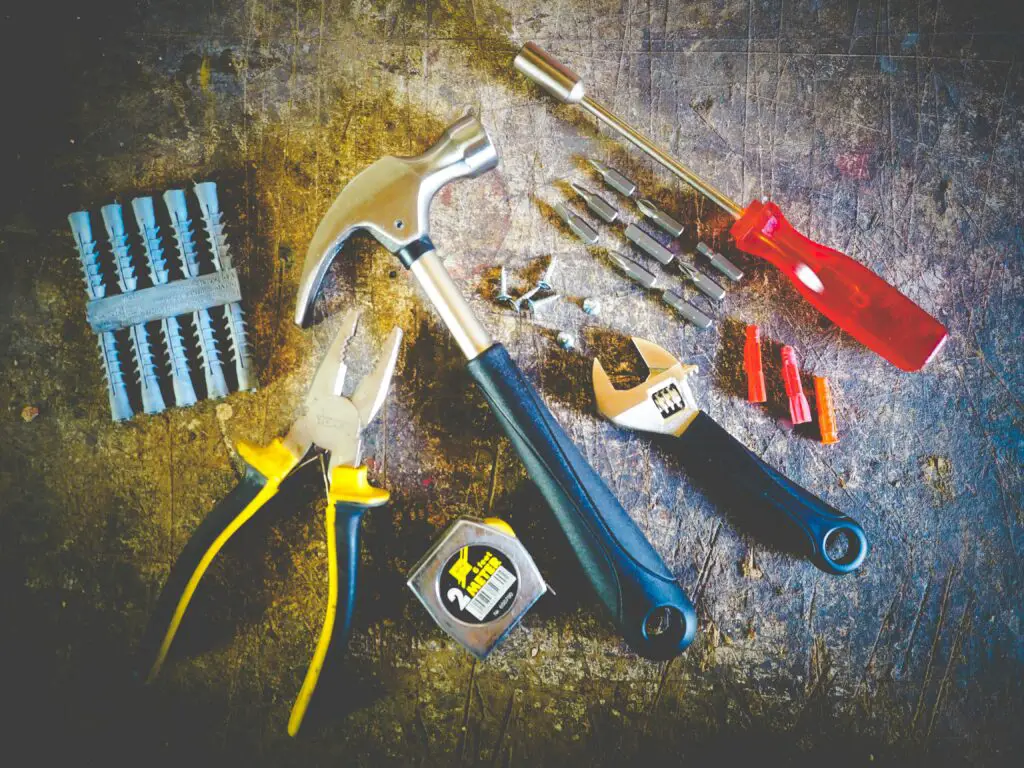
Before the days of pre-fabricated furniture and contractors, many people were taught basic carpentry and home repair skills. Building a bookshelf, fixing a leaky faucet, or even constructing an entire shed were tasks that homeowners would often take on themselves. People learned these skills from their parents or through hands-on experience, becoming more self-sufficient in the process.
Now, with the availability of mass-produced furniture and the ease of hiring professionals, these skills are rarely passed down. Homeowners are more likely to call a handyman than tackle a repair themselves. Carpentry and home repair have become specialized fields, and fewer people have the time or inclination to learn these skills themselves.
9. Gardening for Food
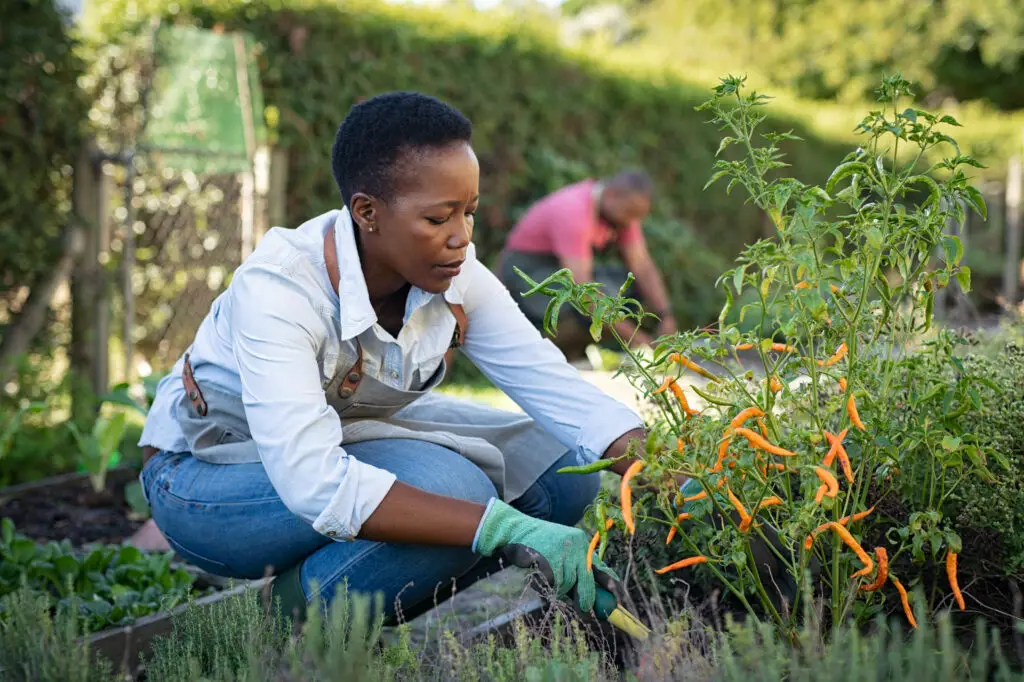
Gardening was once a way of life for many people, especially during times of economic hardship like the Great Depression. People grew their own vegetables, herbs, and fruits to supplement their diets and save money. Gardening wasn’t just a hobby; it was a practical skill that helped feed families, especially in rural areas. Many households had a vegetable garden in the backyard, where they grew seasonal produce.
Today, gardening is mostly seen as a hobby or a luxury for those with time and space. The modern grocery store provides everything people need, often at lower prices than growing it themselves. While urban gardening is becoming more popular, the skill of growing enough food to feed a family is no longer common, especially in suburban and urban areas.
10. Developing Hand-Eye Coordination
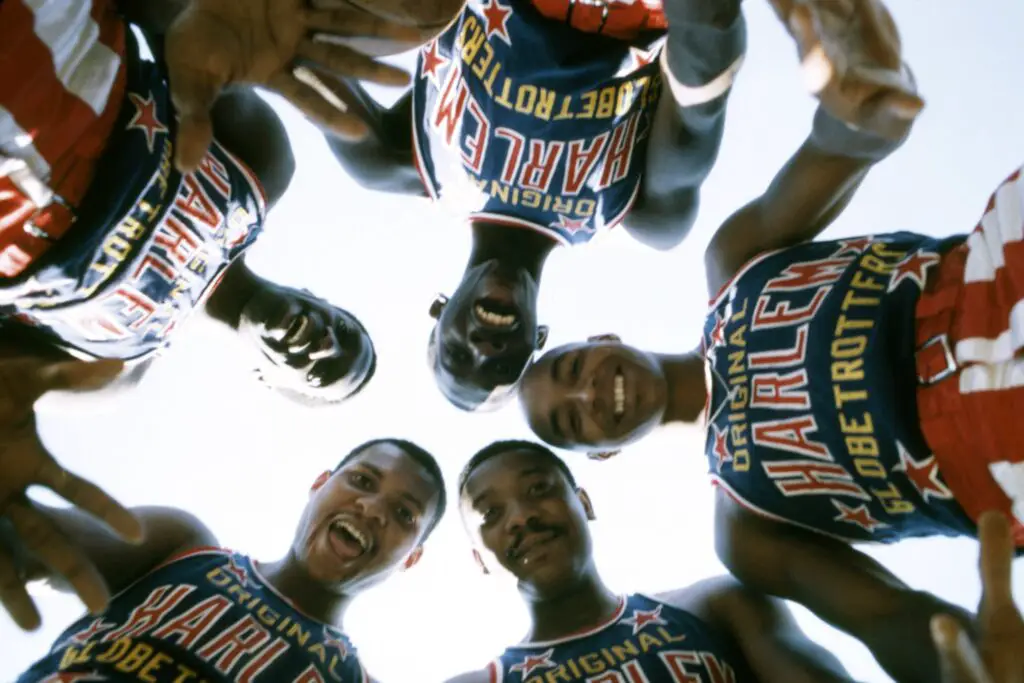
Before video games, people spent a lot of time developing hand-eye coordination through physical activities like sports, playing instruments, and even manual labor. Activities like tennis, basketball, or playing a piano required constant practice and sharp coordination. These skills helped develop not just physical dexterity, but also focus and mental clarity.
In today’s digital world, hand-eye coordination is often developed through gaming, but it’s not the same as the physical, real-world coordination that people once practiced. The rise of sedentary lifestyles, with hours spent in front of screens, has made physical activities that require hand-eye coordination less common. The need for these skills has diminished, even as video games and digital simulations have emerged.
11. Reading the Newspaper

In the past, the daily newspaper was an essential part of life. People would sit down with their morning coffee and read through the latest news, advertisements, and classified sections. It was a source of information, entertainment, and connection to the outside world. Newspapers were also a crucial part of public discourse, shaping opinions and creating conversations across communities.
With the rise of digital media, the newspaper industry has suffered, and print editions are disappearing. Most people now get their news online, through social media or news apps, and the ritual of reading a physical newspaper has become a rarity. While many still subscribe to newspapers, it’s no longer a universal practice, and the days of the morning paper seem to be behind us.
12. Conversational Etiquette

Once upon a time, knowing how to engage in a polite and formal conversation was a valued skill. People knew how to balance listening with speaking, maintain eye contact, and offer thoughtful responses. The art of conversation was an essential part of social life, whether in the workplace or at family gatherings. Etiquette dictated the tone and formality of a conversation, and everyone understood the rules.
Today, conversation has become more informal and less structured. Texting, social media, and the fast pace of modern life have changed how we communicate. Long, thoughtful conversations have been replaced by short, fragmented exchanges, and the rules of etiquette often go unobserved. Many people have forgotten how to engage in a conversation that’s both polite and meaningful.
13. Playing Card Games

Card games like bridge, poker, and rummy were once staples of family gatherings, social events, and community activities. People would spend hours playing, developing strategy, and socializing with others. It was a form of entertainment that didn’t require screens or technology, just a deck of cards and some willing participants. Many families had a favorite game that was passed down, creating lasting memories.
Now, with the advent of video games and smartphones, card games have taken a backseat. Most young people today are more familiar with online games than traditional card games. While some still play poker or other card games, they’re often done in a casino or online, leaving the classic, face-to-face game nights a thing of the past.
